A tale of two Main Streets: Similar-size Concord faced same objections to makeover as Northampton, but it’s now a big hit
| Published: 11-11-2023 7:01 PM |
In the center of New Hampshire’s capital city of Concord lies its Main Street, overlooked by the city’s historic gold-domed State House building and its accompanying plaza featuring statues of the Granite State’s most notable political luminaries, such as former U.S. president Franklin Pierce and former Secretary of State Daniel Webster.
Lining the street are a plethora of shops selling wares ranging from Northern European imports to Oriental-style rugs, and restaurants specializing in offerings ranging from organic bagels to fresh burritos. Its most prominent buildings include the Hotel Concord, the Red River movie theater and several planned residential units. Even past 8 p.m. on a slow Tuesday night in October, people could be seen sitting outside eating at The Barley House restaurant or biking past public art displays.
If any of this sounds, familiar, it should — Concord’s Main Street has been cited by Northampton, Massachusetts, city officials as what they’d like their own Main Street to be like. Though the debate over Northampton’s $21 million Picture Main Street redesign continues to divide the community, this other New England city of similar size may provide clues as to what may be in store for the Paradise City in the years ahead.
For perspective, Northampton is proposing to redo nearly a half-mile length of Main Street, beginning west of the intersection of Elm and West streets next to Smith College to the intersection of Market and Hawley streets near the rail trail bridge that spans Main.
The project calls for creating three vehicle travel lanes, with one of those lanes designated for turning. Plans also call for expanded sidewalks, removal of more than a third of on-street parking, the addition of bike lanes in both directions, and planting new trees throughout the downtown area. Angled parking would be eliminated on one side of the road and replaced with only parallel parking, while the other side would have a mix of angled and parallel parking.
The current look of Concord’s downtown was the result of a two-year, $13.2 million project that began construction in 2015 to remake its Main Street. Before then, Concord’s downtown looked very much like Northampton’s does now — four traffic lanes wide, with angled parking on both sides of the street and narrower sidewalk spaces.
Concord Deputy Manager Matt Walsh, who has served in Concord city government for more than 20 years and currently handles community development for the city, said the decision to remake the street came from a realization that the downtown was in need of a revitalization that emphasized retail, dining and entertainment.
“It’s been pivoting from a nine-to-five office district to arts, entertainment, residential, those sorts of uses,” Walsh said. “The infrastructure was tired, and needed some attention to try to encourage some of that redevelopment that was happening.”
Article continues after...
Yesterday's Most Read Articles
 Hometown Heroes: Couple’s sunflower fields in Concord reconnects the community to farming
Hometown Heroes: Couple’s sunflower fields in Concord reconnects the community to farming
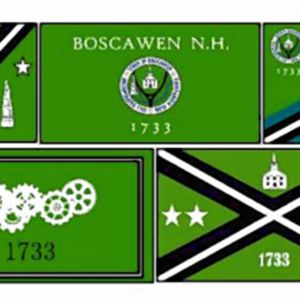 Boscawen resident takes issue with proposed town flag designs
Boscawen resident takes issue with proposed town flag designs
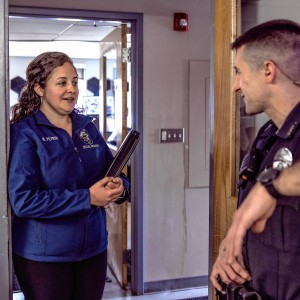 Skepticism turns to enthusiasm: Concord Police welcome new social worker
Skepticism turns to enthusiasm: Concord Police welcome new social worker
 With new plan for multi-language learners, Concord School District shifts support for New American students
With new plan for multi-language learners, Concord School District shifts support for New American students
 With Concord down to one movie theater, is there a future to cinema-going?
With Concord down to one movie theater, is there a future to cinema-going?
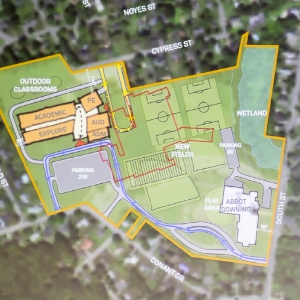 Opinion: The Concord School Board can restore trust with residents
Opinion: The Concord School Board can restore trust with residents
The redesign narrowed the street from four lanes to two and extended and widened sidewalks, allowing for greater pedestrian traffic. Unlike the proposed Northampton redesign, there is no separate bike line, but bike signs are painted along the lanes to indicate that they are to be shared among vehicles and cyclists.
At first, many businesses expressed skepticism about the project, according to Allan Herschlag, who served on Concord’s City Council at the time and also originally opposed the project. Businesses worried about how the redesign would affect their bottom line, while residents were concerned about how much in taxpayer dollars would be spent on the improvements.
“I don’t think it’s unusual that there would be a lot of pushback,” he said. “It really seemed to me that we needed to take a second or third look at it.”
Another parallel between the two projects is the central concern around parking for many businesses. Northampton’s Picture Main Street calls for eliminating 57 parking spots downtown as it focuses instead on pedestrian and cycling traffic. In Concord, the makeover eliminated 18 parking spots, although that was less than what was originally envisioned.
“Many merchants were saying, look, if you take away parking, you’re hurting us. We need more parking,” Walsh said. “The reality is that there is plenty of parking in downtown Concord, that it isn’t a problem.”
Like the Northampton project, Concord’s new Main Street contains a mix of parallel and angled parking spaces. Unlike the Northampton project however, angled parking remains more predominant. “Concord had angled parking here for a long time. People were comfortable with it,” Walsh said.
Walsh said it was critical for the city of Concord to let business owners know that they would support them during the construction phase, going so far as to hire a public relations firm to promote both the project and local businesses, and even introducing a costumed mascot named Digger, depicted as a tiger wearing a safety vest.
“Digger was everywhere to build goodwill, even sitting in on some City Council meetings,” Walsh said. “It was a neat, quirky little thing.”
During deliberations over the project before construction took place, Concord took an active role in facilitating dialogue with downtown businesses and addressing their concerns. Over 50 public meetings were held regarding the project, according to Walsh, and an advisory committee was appointed by the mayor to make decisions on changes to policy details.
Sue McCoo, who owns several businesses downtown, was a member of the advisory committee. Though supportive of the downtown transformation, McCoo also made sure some of the planning decisions were grounded in reality, and met some of the concerns that businesses had regarding the project.
“We’re not Paris. We don’t have 5 million people and a subway system,” McCoo said. “I think the city did a good job of thinking things through.”
Some residents and businesses in Northampton remain steadfast in their opposition to the Main Street redesign project. A petition by a group called Save Northampton opposing the construction has garnered more than 1,900 signatures. The group also recently responded to a recent FAQ sheet put out by Northampton Mayor Gina-Louise Sciarra that aimed to quell many of the complaints, saying they remained unconvinced.
“The issue is not whether everyone wants a vibrant downtown. That is something everyone agrees on,” the group’s rebuttal, written by local attorney John DiBartolo, states. “The primary area of disagreement of the current proposed plan relates to whether to add a so-called ‘protective’ bike lane … that will necessitate eliminating one travel lane entirely.”
Judy Herrell, another member of the group who has publicly voiced her opposition, said more dialogue is needed between the city and businesses in Northampton opposed to the project.
“It appears that the city has decided it’s a done deal,” she said. “They don’t want a hearing with both sides to air this all out.”
In Concord, the construction took part in quarter sections, and Main Street often became a one-way street. McCoo recalled the construction time as nerve-wracking for many businesses.
“It was like being on 40 cups of coffee,” she said. “People were in a panic.”
There were also occasional snafus in the construction — such as on the very first day, when workers hit a 24-inch water main that caused minor flooding downtown.
But Walsh said that establishing good connections and effective communication with businesses ensured that the city was able to quickly allay fears businesses had and move forward without facing major backlash.
“People were not thrilled on day one that we had this problem,” he said. “But people understood, and we were able to take care of that. Because communication was critical.”
Though many businesses were originally apprehensive, and indeed many report that they experienced a decline in sales during the project, many businesses now say the results were well worth the effort.
“I was a little leery of dropping a traffic lane, but it was fine,” said Don Brueggerman, the manager of The Works, a cafe serving bagels, salads and sandwiches on Main Street. “The results speak for themselves.”
Tressa Kosowicz, the owner of Little River Oriental Rugs on Main Street, also said the results have been beneficial for her business.
“I get unsolicited comments from customers all the time about how nice the downtown is,” she said. “We knew it was going to be short-term hardships for long-term gain.”
She added, however, that she understood many of the anxieties faced by businesses in Northampton, given that many businesses are still feeling the effects of the pandemic. “If they were remaking Main Street today instead of four years ago, I’d imagine it would be harder,” she said.
Kosowicz’s business model, which sells rugs that cost hundreds of dollars, means she doesn’t have to make a sale every day to stay afloat, a factor that helped her survive during the construction.
Other businesses, such as Gibson’s, an independent bookstore, cafe and toy store, require more daily sales. Gibson’s owner Michael Herrmann said his business took a hit for about four months during the project, but that he supported the efforts all the way through.
“It wasn’t as bad as we thought it would be. We just kind of worked around it,” Herrmann said. “I said at the time, this is only temporary. It won’t be this way forever. There was some disruption, but people were very good-natured about it.”
Herschlag also acknowledged that the project has had a positive impact on Concord’s Main Street.
“Downtown is humming,” he said. “Even at my most adamant with concerns about the project, there was never a question in my mind that we needed to do something with the downtown.”
Businesses downtown described the changes to Concord’s Main Street as drawing more younger people downtown, attracting people from outside the city and allowing for redevelopment, with planned residential units in the works and vacant storefronts now filled.
“It’s changed the social scene — you come down to hang out,” said Emily Galvin, the manager of the Viking House, a store selling imported goods from Scandinavia, Great Britain and Ireland. “People are more aware of how important downtown is.”
Liza Poinier, who during the construction served as the head of Intown Concord, a group akin to the Downtown Northampton Association, said fears about traffic caused by narrowing the street during the planning stage turned out to be unfounded.
“The traffic is slower, but safer,” she said. “People who aren’t planning to visit downtown don’t stop here.”
Herrell noted, however, that Concord’s downtown had fewer curves and twisting roads, allowing for more flexible traffic patterns than in Northampton.
“Concord is set up like a grid,” she said. “So bypassing the shopping district is not as much of an issue.”
Walsh also provided some statistical measures of how the project has impacted downtown. In 2013, there were 14 vacant storefronts. By 2016, that number had dropped to nine. In 2017, three new restaurants opened up shop, and property taxes increased more than fivefold from 2017 to 2020.
“It’s good, smart growth, it’s an anti-sprawl thing, it’s historic preservation,” Walsh said. “Even though there was a cost to the city, at the end of the day, it was a good investment for us.”
The Main Street redesign in Concord, as well as the planned redesign in Northampton, reflect a wider national trend in how cities are thinking about their downtown space, said Michael DiPasquale, a professor of landscape architecture and regional planning at UMass Amherst and a supporter of Northampton’s redesign.
Cities are moving away from prioritizing vehicle traffic in favor of pedestrians, DiPasquale said, a trend exacerbated by the pandemic, when several cities closed certain streets to vehicles to make room for outdoor dining.
“We’ve designed streets for cars since World War II,” DiPasquale said. “Now we’re coming around to understanding how much we’ve prevented people from using the streets.”
In Northampton, Picture Main Street is currently in its design phase at the 25% completion mark. Construction is scheduled to begin in 2025. Both the city and MassDOT have held several public forums on the redesign, although since 2020 they have all been held remotely.
Many businesses and citizens have been supportive of the project, including One Main Street for Everyone that includes more than 50 businesses and a number of residents.
Ben Weil, a member of the group, said the current design was the result of public discussions between the city and many businesses, and that the city has already made adjustments as part of the process.
“We’re looking at what other communities have done for successful programs, we’re looking at what we’ve done here before during the pandemic and other times to support businesses that’ve been successful,” Sciarra said. “But I’m most excited about getting to a place where we can start talking about that.”
Northampton City Council president Jim Nash also said that the council is working on introducing a resolution in support of the Main Street redesign.
“The goal of this resolution is for the council to put its stamp of approval on the planning and design process,” Nash said. “It’s time to move forward on this project.”
During a two-day visit to Concord, the Gazette looked for business owners dissatisfied with the results of the Main Street makeover, but could not find any. McCoo said that though there were many businesses owners who strongly opposed the project, most of them were no longer active.
“They’re all retired now,” she said.

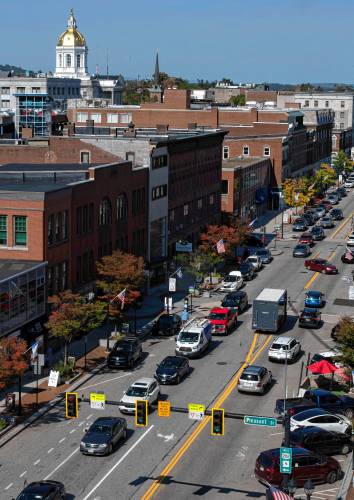
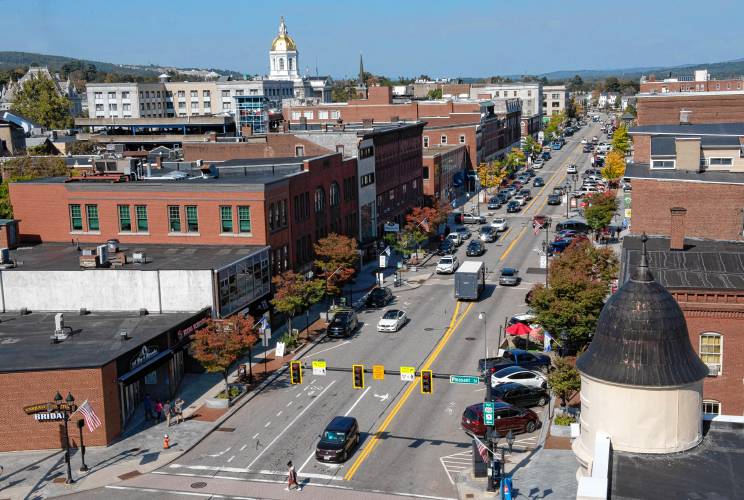
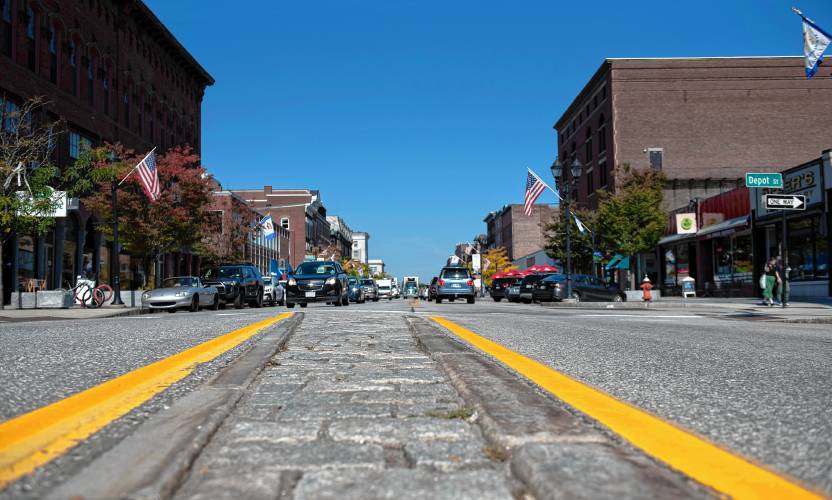
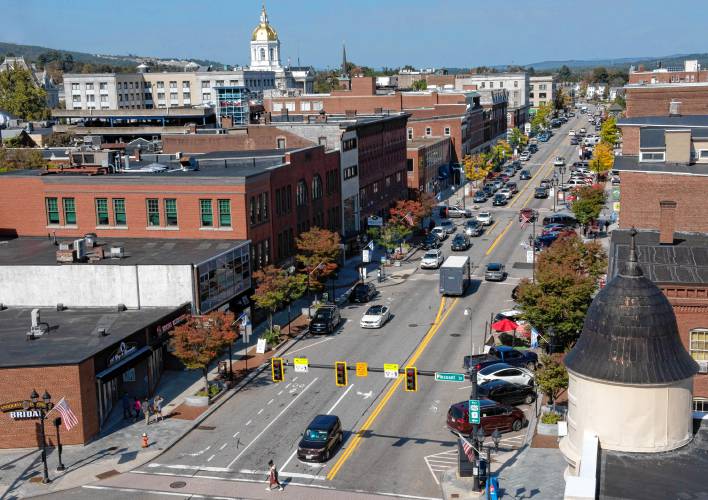
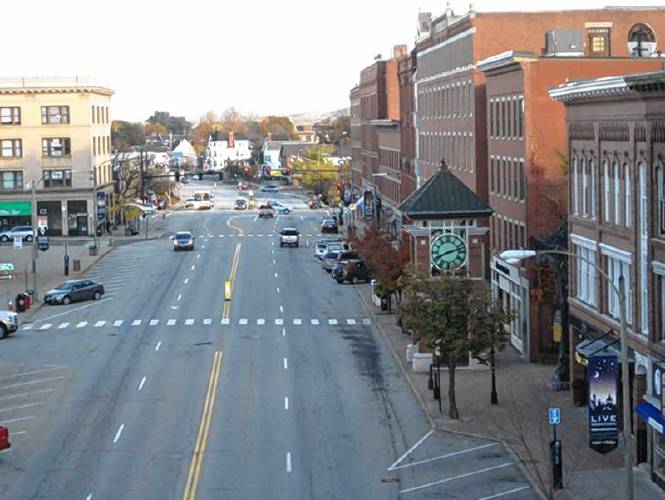
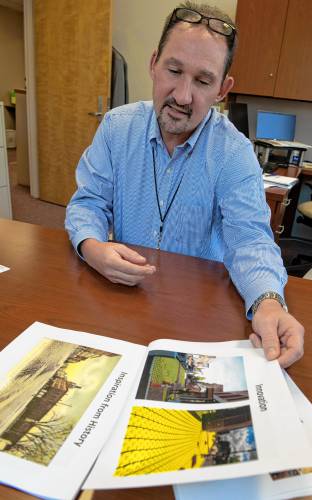
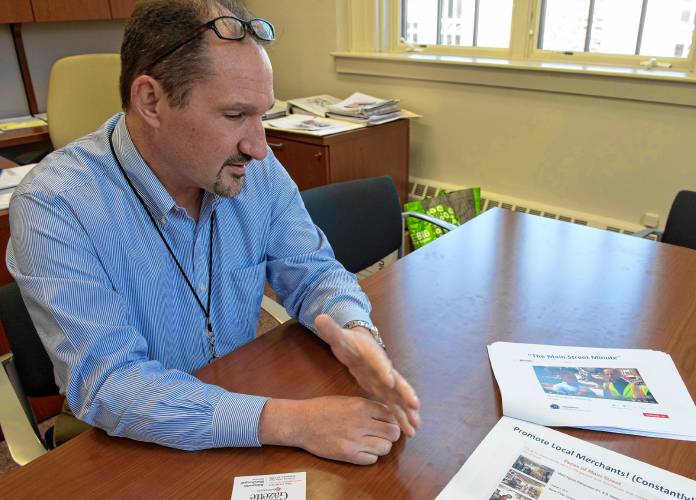
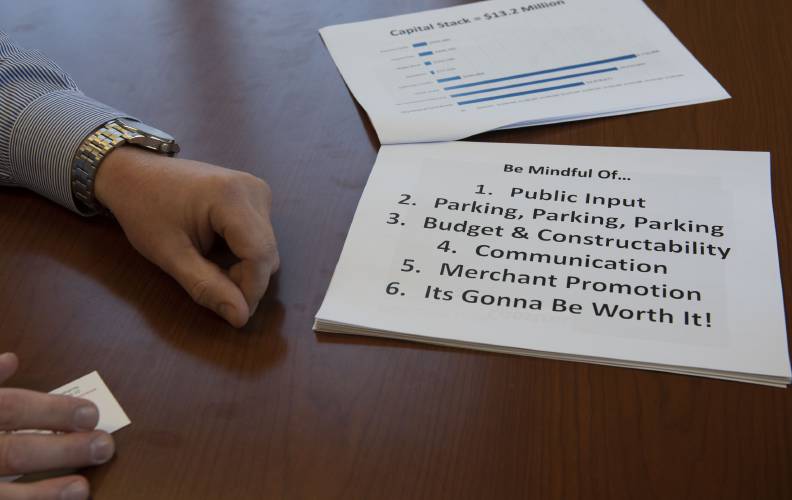
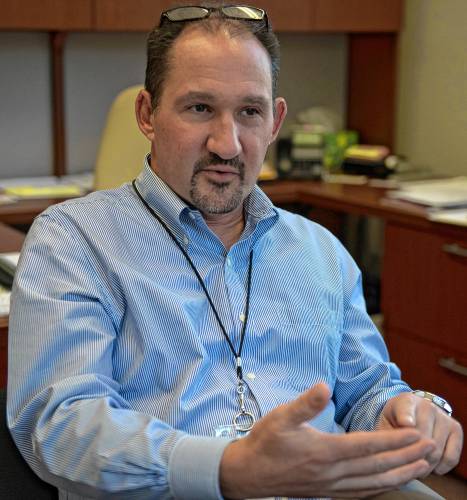
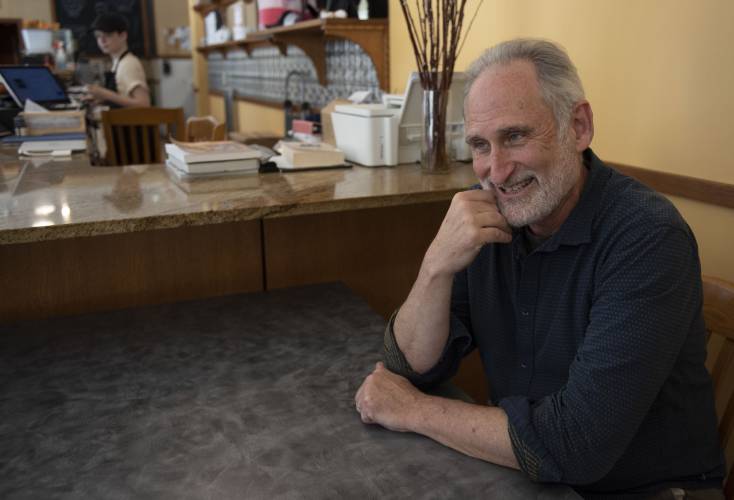


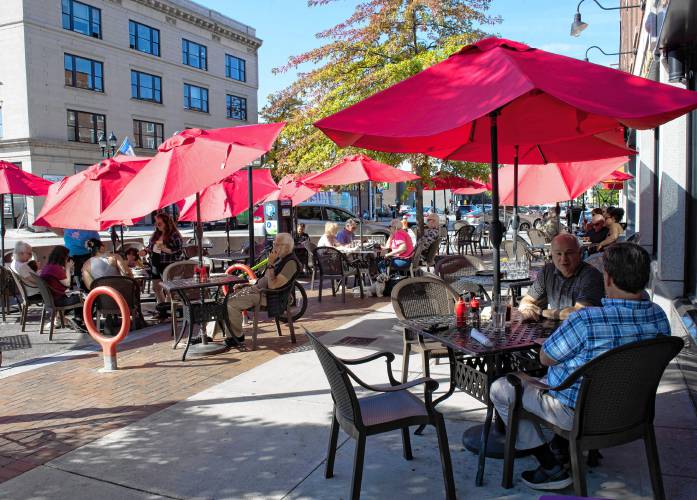
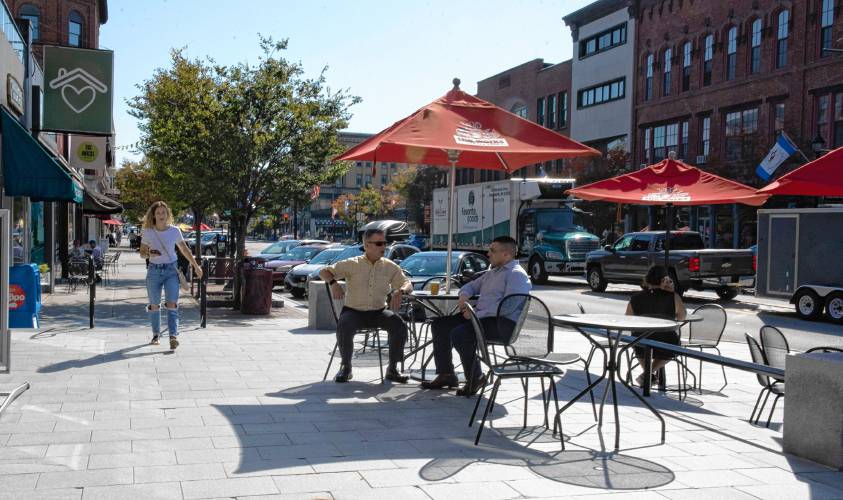
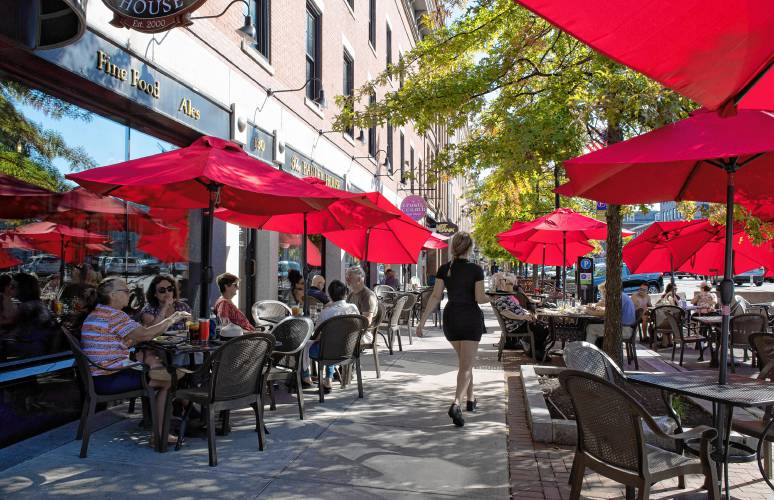

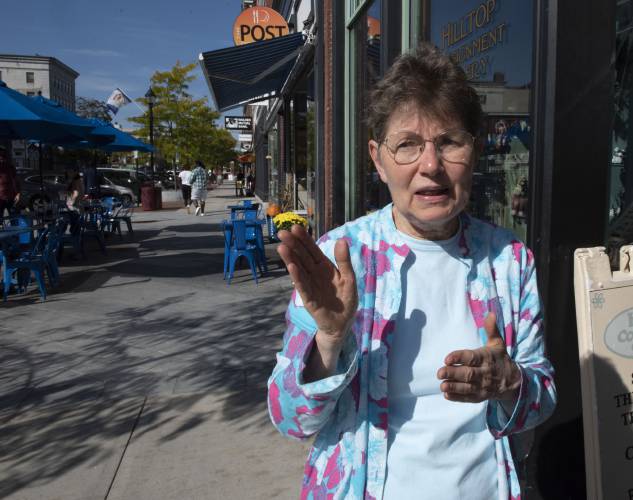
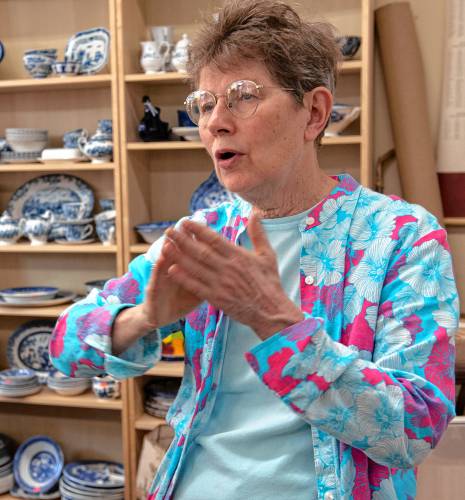
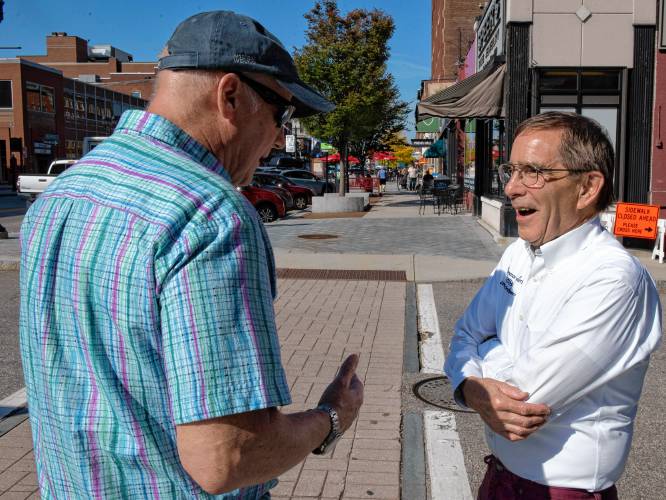
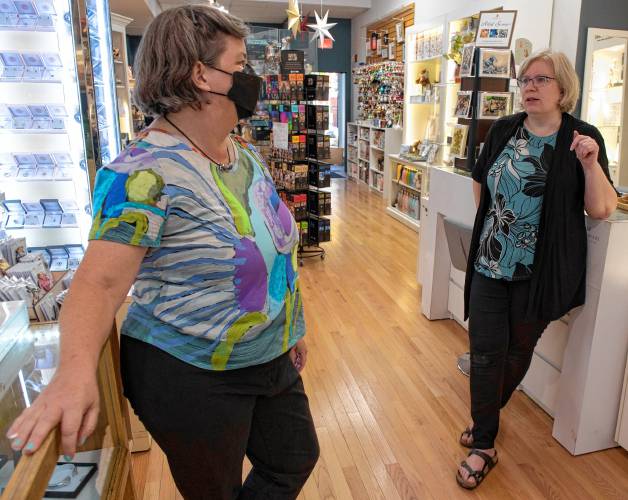
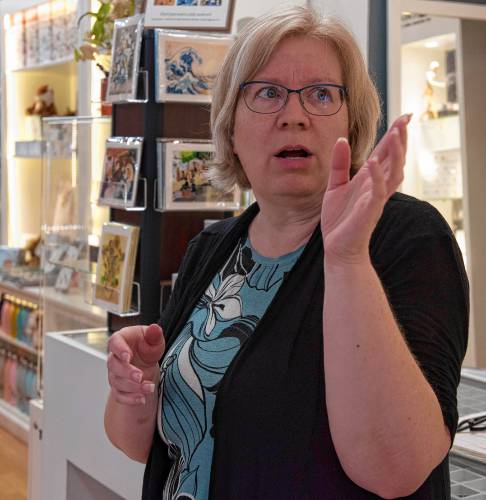
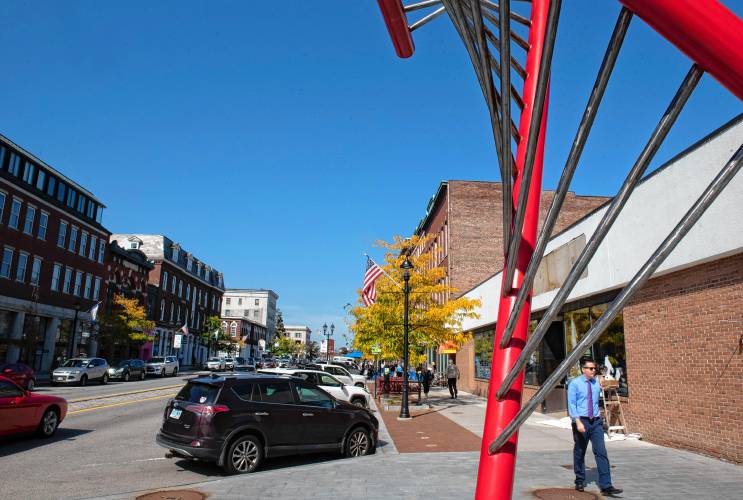
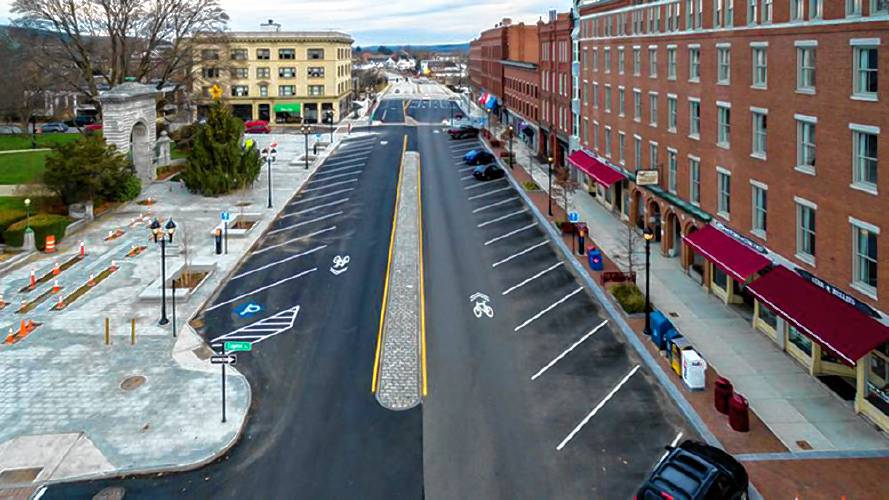

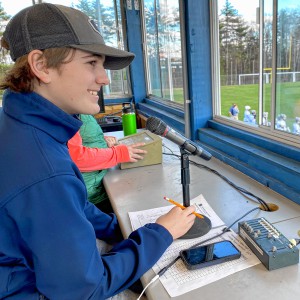 Voice of the Pride: Merrimack Valley sophomore Nick Gelinas never misses a game
Voice of the Pride: Merrimack Valley sophomore Nick Gelinas never misses a game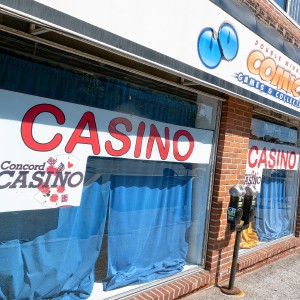 With less than three months left, Concord Casino hasn’t found a buyer
With less than three months left, Concord Casino hasn’t found a buyer Kearsarge Middle School drone team headed to West Virginia competition
Kearsarge Middle School drone team headed to West Virginia competition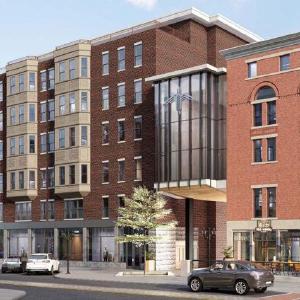 Phenix Hall, Christ the King food pantry, rail trail on Concord planning board’s agenda
Phenix Hall, Christ the King food pantry, rail trail on Concord planning board’s agenda
